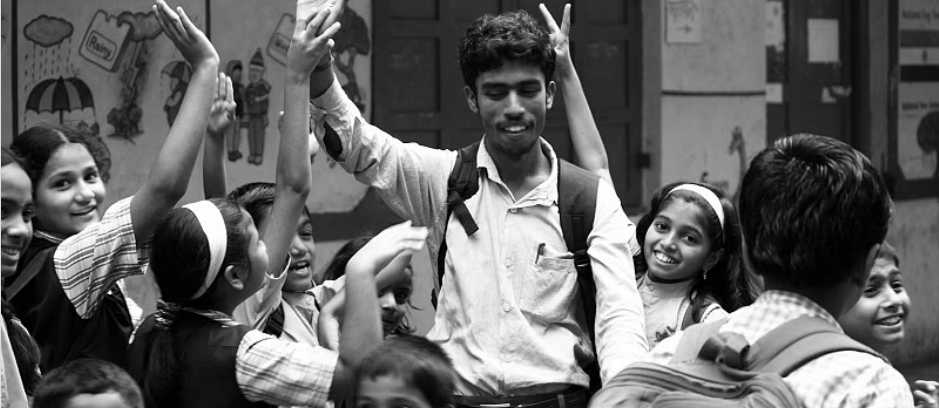Blue(s) for Girls And How the Education System Perpetuates Gender Stereotypes and Stifles Acceptance
- Project Educating the Educators

- Jun 11, 2023
- 3 min read
In a society deeply ingrained with gender stereotypes, the color pink has long been associated with femininity. But as societal norms evolve, questions arise about the influence of these color-coded norms, particularly in the education system. How do curriculum books perpetuate biases, and what impact does it have on the acceptance of gender diversity?
“Di, Di, yeh sab ladkiya pink me kyu banayi hai?” my sister ran towards me, complaining that none of the girls illustrated in her school books were illustrated in blue. She loved the colour blue. I asked her to colour over them in whichever colour she wished, but that was only solving the problem momentarily.
We have all been subject to the same scorns and jeers:
“Arey, yeh ladke ne pink shirt kyu peheni hai?”
“oh ho baade ladko wale shok hai isko, Hotwheels ke sath khelti hai” and the like.
We are lab rats; society observes every moment, analyzes every choice, and hypothesises the stupidest, most unscientific rationales—pink was never for girls. Well, until marketing agencies interfered.

It was only in the 20th century that we started gendering colours, and contrary to popular belief, pink was for boys. In 1918, the trade publication Earnshaw’s Infants’ Department claimed, "the generally accepted rule is pink for the boys, and blue for the girls. The reason is that pink, being a more decided and stronger colour, is more suitable for the boy, while blue, which is more delicate and dainty, is prettier for the girl.”
This trend changed in the late 1900s owing to the women’s liberation movement, what once was a symbol of strength and defiance has now been reduced to a cause for shame and scorn.
But what do we care? This is how it has been for a century now, society is expected to have certain prejudices.
Yes, it is. But the education system is not. Curriculum books are bearers of truth, their word is regarded as gospel, so when they conform to stereotypes, be it something as mundane as dressing girls in pink, they reinforce them. They subconsciously teach students that this is the correct way. They internalize these biases in students. They are the makers of society, and they are the reason men are jeered for wearing pink. Or, for that matter, they’re the reason people are scorned at and belittled for wanting to escape the gender binary and express themselves in a way that feels authentic.
Textbooks are ultimately the reason that Starbucks’ 2023 campaign faced severe backlash. #ItStartsWithYourName tells the story of an elderly Indian couple who gradually accept their trans daughter. [In the Ad] when the father goes to place the order for coffee, he uses his daughter's new name; and tells her that she is still his child, after all only a letter has been added to her name. (She changed her name from Arpit to Arpita). This heartwarming reunion is, according to netizens,
a “proponent of demonic civilization” “wokeism nonsense,” and


a vague concept deliberately chosen by lame ducks to irritate the heck out of everyone.

The public’s close-mindedness and apprehension towards trans individuals stems from their beliefs: they were taught that there are only two genders, then how are they to accept so many people wishing to change theirs? How are they to understand the vastness of the gender spectrum when they’ve learnt ‘blue is for boys, pink is for girls’? How can we expect them to understand the disconnect (and possible disgust) trans individuals feel with their bodies when textbooks even now teach anglicized gender? How can we expect them to sympathize when the education that is supposed to nurture the youth into independent, smart, logical thinkers has become implicit, thoughtless, baseless propaganda? Woman and man, female and male, girl and boy, pink and blue—what textbooks teach us, we will faithfully believe.
Written by Prishita Dharampal

This article was written as part of a 3-part series in collaboration with Project Educating the Educators. ProjectETE is a community dedicated to ensuring that curriculum textbooks are fair, accurate, and unbiased. They believe that every student deserves access to high-quality, inclusive education that reflects the diversity of their experiences and the world around them.





Comments